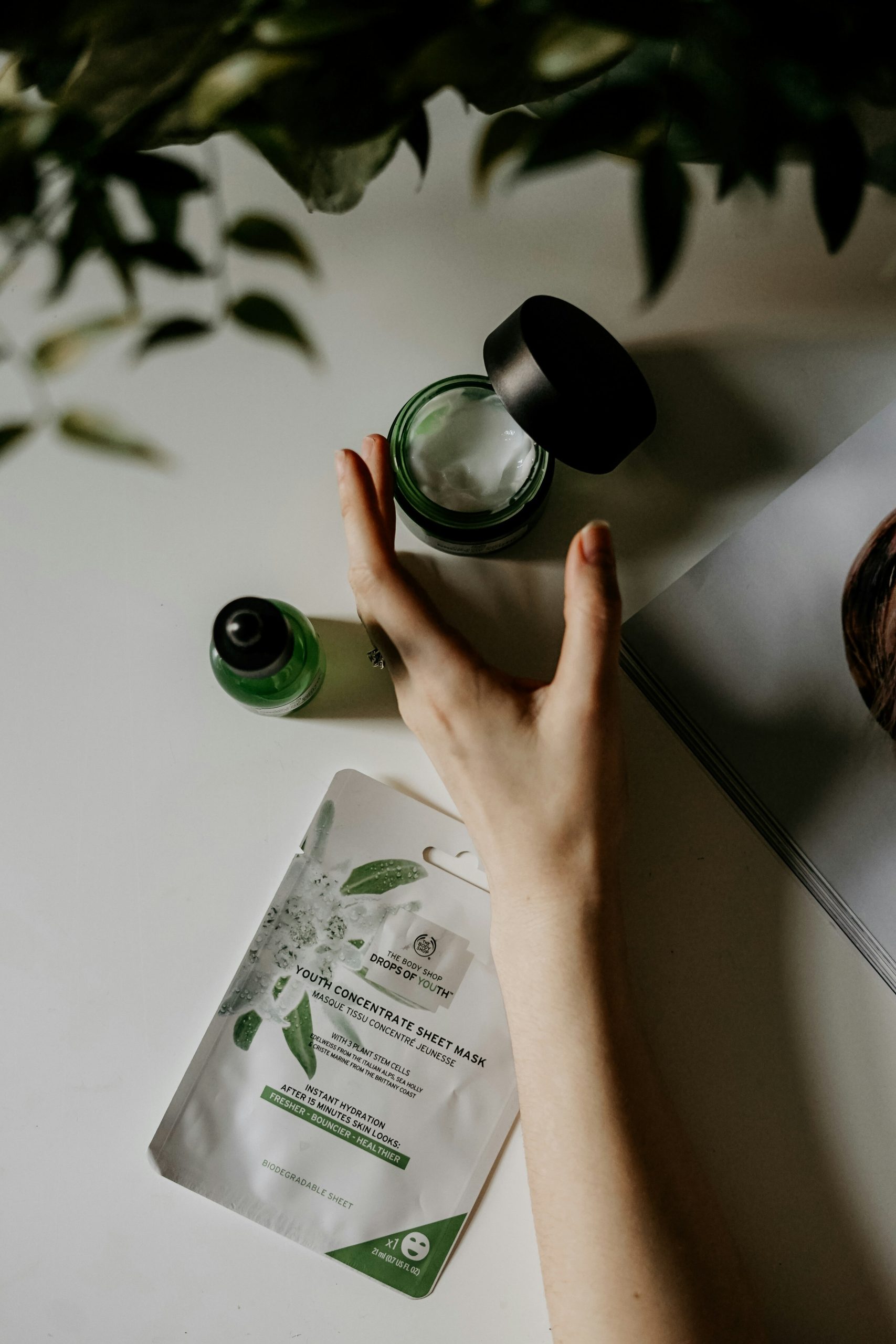Clean beauty started with a noble goal: safer, non-toxic products made with ingredients you can pronounce and trust. The movement emerged as a direct response to growing concern over synthetic chemicals, harsh preservatives, and mysterious additives found in traditional cosmetics. But fast-forward to 2025, and “clean beauty” is no longer a grassroots niche. It’s a multi-billion-dollar marketing category.
Here’s the problem: there’s no legal or scientific definition of “clean.” What’s considered clean in one brand’s marketing might be labeled toxic by another. In fact, many of the clean beauty standards you see today are created by brands themselves. That’s led to a confusing, inconsistent, and sometimes manipulative market that plays on consumer fears more than facts.
The Rise of Fear-Based Marketing
Walk through any clean beauty aisle or scroll through a brand’s website, and you’ll likely see words like “non-toxic,” “chemical-free,” “paraben-free,” and “natural.” While these terms sound reassuring, they’re often rooted in fear-based marketing, designed to scare consumers away from synthetic ingredients without offering the full picture.
Take parabens, for example. These preservatives have been demonized by the clean beauty world, largely due to outdated studies and public panic. But major health agencies, including the FDA and the American Cancer Society, have stated there’s no conclusive evidence linking parabens in cosmetics to cancer. Still, brands continue to market themselves as “paraben-free” because it sells, regardless of whether the science supports the concern.
This approach might feel empowering on the surface, but it’s ultimately misleading. By labeling safe, scientifically vetted ingredients as “toxic,” clean beauty often creates unnecessary anxiety and distrust.
Greenwashing in Disguise
Many clean beauty brands also fall into the trap of greenwashing, where they claim to be environmentally or health-conscious without actually backing it up. It’s easy to slap a green leaf on a package or use recycled paper for your labels, but that doesn’t mean the supply chain, ingredients, or testing practices are sustainable.
Consumers are increasingly seeking out ethical, environmentally responsible brands. But without regulation or transparency, it’s hard to know which companies are truly walking the walk. Some so-called clean brands still rely on unsustainable ingredient sourcing, exploitative labor practices, or non-recyclable packaging. Others may use plant-based ingredients that sound lovely but are actually grown with harmful pesticides or water-intensive farming.
So, while clean beauty claims to be better for the planet and your body, the reality is more complicated and far less squeaky clean.
The “Natural” Myth
Another cornerstone of clean beauty is the belief that natural is always better. But here’s the truth: just because something is natural doesn’t mean it’s safe or effective.
Poison ivy is natural. So is arsenic. And while many botanical ingredients do offer real benefits (hello, aloe, and chamomile), others can be irritating, allergenic, or unstable when used improperly. Essential oils, a favorite in clean beauty formulations, are a prime example. In the right dilution, they can be beneficial. In the wrong concentration, they can cause skin burns, allergic reactions, and even hormone disruption.
Ironically, many synthetic ingredients used in traditional cosmetics are created precisely to avoid these risks. They’re engineered for stability, safety, and performance. But because they have “chemical-sounding” names, clean beauty often shuns them, even when the science supports their use.

The Cost of Going “Clean”
Clean beauty often comes with a hefty price tag. Products marketed as clean, organic, or non-toxic can cost two to three times more than their conventional counterparts. For many consumers, that financial burden feels justified. It’s their health, after all.
But are you actually getting better products or just paying for buzzwords?
Studies have shown that clean beauty products aren’t necessarily more effective or safer than traditional ones. In some cases, they perform worse. That means you might be spending more for less—less performance, less shelf stability, and less clarity on what you’re actually using.
The financial gatekeeping of clean beauty also raises another concern: accessibility. Not everyone can afford to overhaul their skincare routine for $50 serums and $30 deodorants. In chasing clean beauty perfection, we risk excluding entire groups of people from the conversation and from feeling good about the products they use.
What You Can Do Instead
None of this is to say clean beauty is inherently bad. Many brands are genuinely committed to safety, sustainability, and transparency. But as a consumer, you deserve better than vague labels and fear tactics. Here’s how to shop smarter:
-
Look for brands that provide full ingredient transparency, not just buzzwords.
-
Use reputable third-party databases like EWG’s Skin Deep or INCIDecoder to research ingredient safety.
-
Be skeptical of “chemical-free” claims. Everything, including water, is a chemical.
-
Ask how products are tested, how ingredients are sourced, and what sustainability really means to the brand.
-
Focus on what works for your skin, not what’s trending on social media.
Choose Facts Over Fear
Clean beauty has done a lot of good. It’s pushed the industry toward more transparency, sparked important conversations about ingredients, and empowered consumers to care about what they put on their bodies. But like any movement, it’s not immune to flaws, and in its current form, it’s rife with misinformation, greenwashing, and unscientific fear.
Rather than falling for every new “clean” label or panicking over synthetic ingredients, it’s time to approach beauty with curiosity and critical thinking. The best skincare choice isn’t always the one with the prettiest packaging or the longest list of things it’s “free from.” It’s the one that works for you and is backed by science, not just spin.
What Do You Think?
Have you ever switched to clean beauty only to be disappointed or pleasantly surprised? Do you think the clean beauty movement is doing more harm or good overall? Let’s talk about it.
Read More:
The Shocking Cost of Keeping Up With Unrealistic Beauty Standards
Could Your Favorite Candle Be Wrecking Your Health? The Truth About “Clean Scents”
Read the full article here














